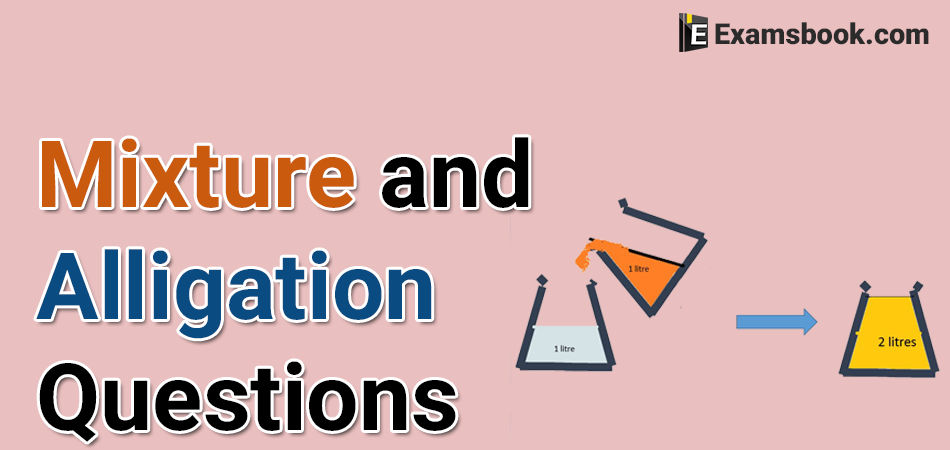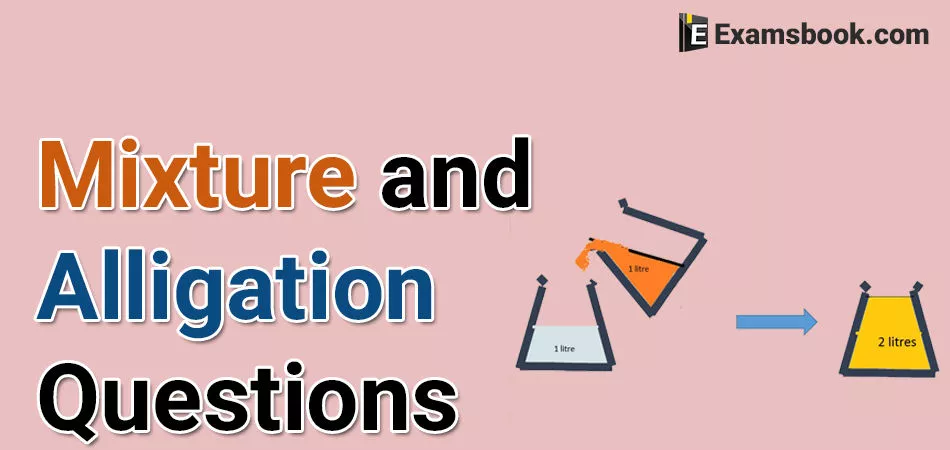


A can contains a mixture of two liquids A and B in the ratio 7:5. When 9 litres of mixture are drained off and the Can is filled with B, the ratio of A and B becomes 7:9. How many litres of liquid A was contained by the Can initially?
(A) 10
(B) 21
(C) 20
(D) 25
Rahul purchased two different kinds of alcohol. In the first mixture the ratio of alcohol to water is 3:4 and in the second mixture it is 5:6. If he mixes the two given mixture and makes a third mixture of 18 litres in which the ratio of alcohol to water is 4:5, the quantity of first mixture (whose ratio is 3:4) is required to make the 18 litres of the third kind of mixture is:
(A) 5
(B) 9
(C) 6
(D) 7
Three vessels whose capacities are in the ratio of 3: 2: 1 are completely filled with milk mixed with water. The ratio of milk and water in the mixture of vessels are 5: 2, 4: 1 and 4: 1 respectively. Taking 1/3 of first, 1/2 of second and 1/7 of third mixtures, a new mixture kept in new vessel is prepared. The percentage of water in the new mixture is
(A) 30
(B) 24
(C) 32
(D) 28
In what ratio must a mixture of 30 % alcohol strength be mixed with that of 50 % alcohol strength so as to get a mixture of 45 % alcohol strength?
(A) 2 : 1
(B) 3 : 1
(C) 1 : 2
(D) 1 : 3
In an alloy, the ratio of copper and zinc is 5 : 2. If 1.250 kg of zinc is mixed in 17 kg 500 g of alloy, then the ratio of copper and zinc will be
(A) 3 : 2
(B) 1 : 2
(C) 2 : 1
(D) 2 : 3
If you face any problems in mixture and alligation questions, you can ask me in the comment section.
Get the Examsbook Prep App Today